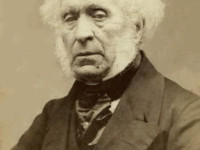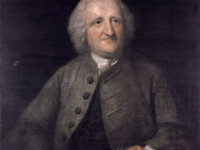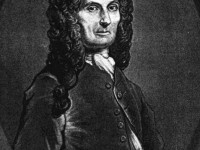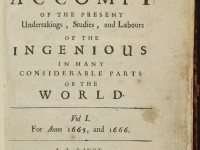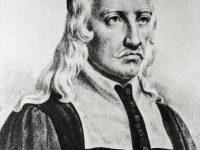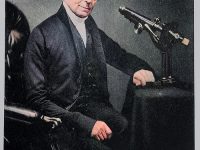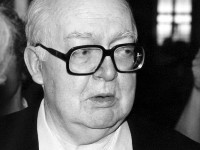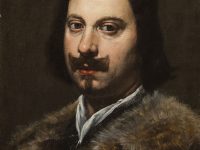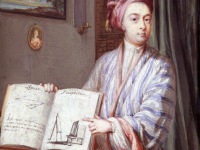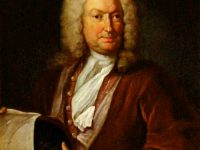David Brewster and the Invention of the Kaleidoscope
On July 10, 1817, Scottish physicist, mathematician, astronomer, inventor and writer Sir David Brewster received a patent for his kaleidoscope. “kaleidoscope” is derived from Ancient Greek and denotes something like “observation of beautiful forms.” It consists of a cylinder with mirrors containing loose, colored objects such as beads or pebbles and bits of glass. As the viewer looks into one end, light entering the other creates a colorful pattern, due to the…
Read more

